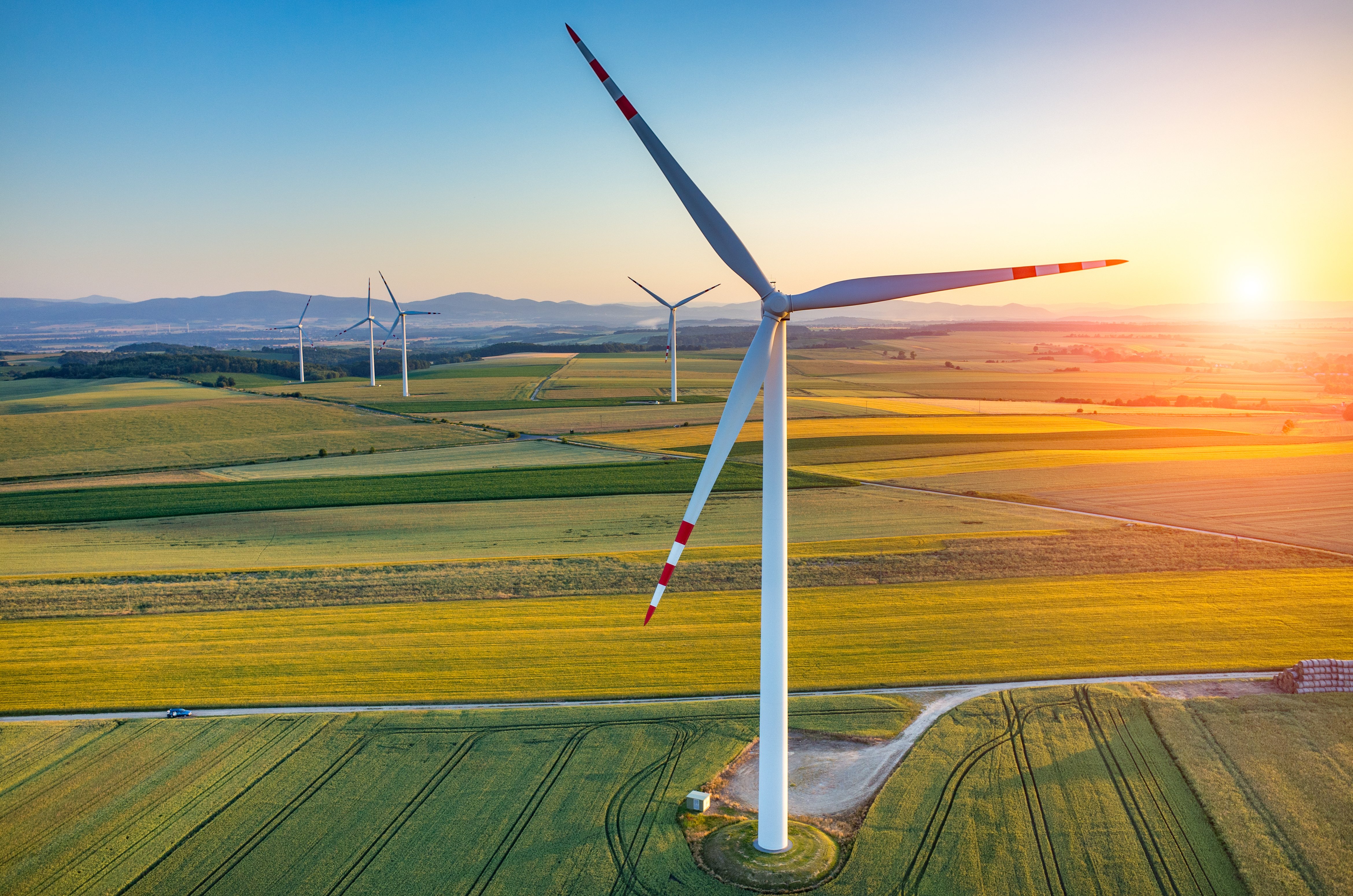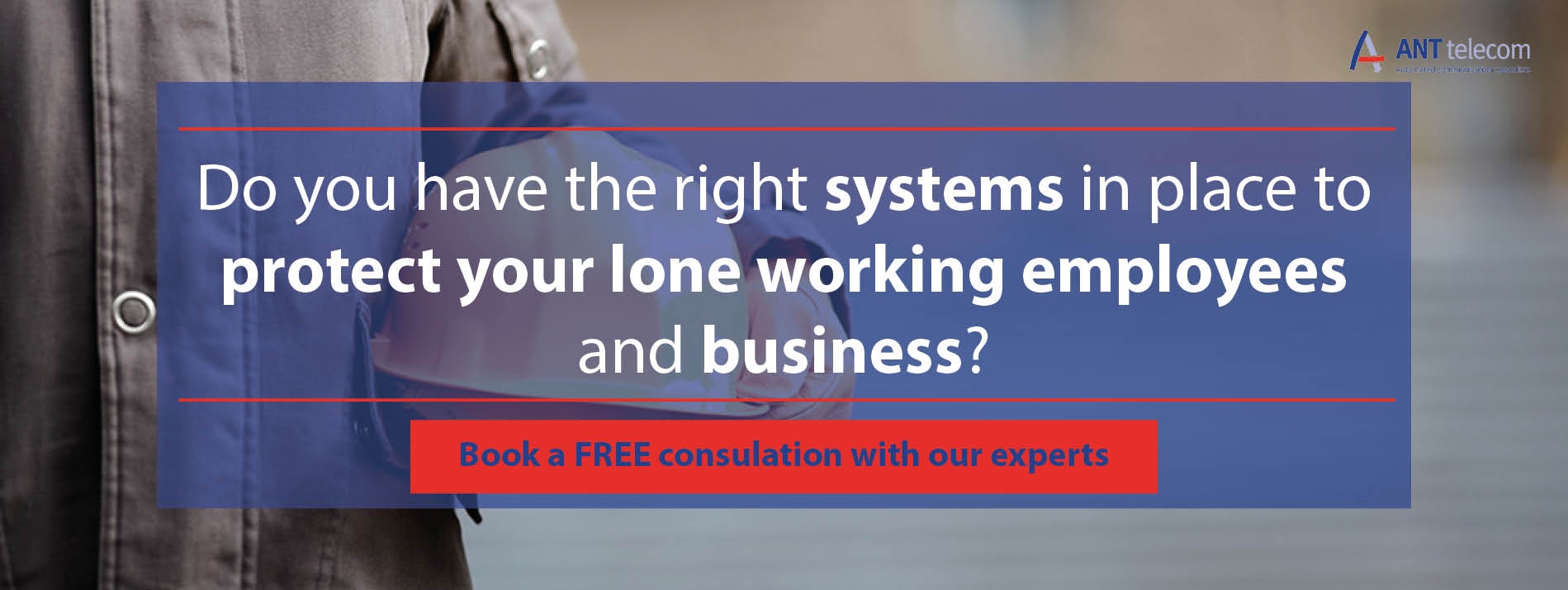
The maintenance of wind turbines can be hazardous and that’s why it’s crucial those who work in the industry have the right wind turbine training to work safely. We ask MRS Training and Rescue for their expert advice and top tips for keeping safe. Here’s their thoughts and advice.
As the world moves away from fossil fuels and to more sustainable renewable energy sources, the opportunity to be part of these industries increases. As with any industry, key to being a part of it is having the right knowledge, training and if possible, experience.
The wind energy sector is growing rapidly – and here in the UK, we’re leaders in offshore wind farms - with more installed than any other country. Offshore wind powers the equivalent of 4.5 million homes every year – and it’s estimated that it will generate 10% of the UK’s energy by 2020.
Common Wind Turbine Hazards
1. Safety & Telecoms
Having fully functioning telecoms on wind farms is a must have for safety. ANT Telecom has provided mobile radio communication solutions to wind farms where there is little to no mobile reception. The high level of maintenance required on turbines means that being able to call for help in an emergency is essential – if there is no reliable network in place there could be no way of contacting emergency services. Having access to emergency alarms could potentially save lives if something disastrous was to happen.
2. Equipment and PPE
Whilst personal protective equipment (PPE) and equipment used for manual labour are designed to keep workers safe; they can still be hazardous if not used correctly. Wearing the correct kind of PPE is essential – for example, incorrect gloves with little to no grip, or wearing an ill-fitting helmet. Not utilising equipment makes workers vulnerable to danger, often instilling a false sense of security from assuming PPE will save your life no matter what.
3. Offshore Risks
Many wind farms are located offshore due to the higher wind speeds located offshore compared to on land. High winds can be hazardous, and turbine blades have the potential to throw ice. The more apparent hazards are stepping from boat to turbine, risks from large waves and diving activities – additional dangers which are not found onshore.
- Confined Space Risks
- The importance of confined space training is not always the first thought when working on wind turbines but it is, nevertheless vital. Performing installation and maintenance tasks within turbine towers, nacelles (which house electrical equipment), and entering confined hubs to work on turbine blades are also considered to be ‘confined’ by definition – and adequate training in the event of an emergency is required to safely exit without anyone being harmed.
- Falls from Height
Falling from height whilst working on a wind farm can be fatal – so making sure the correct PPE is being used can prevent this danger. Wearing a suitable harness and lanyard are just two pieces of PPE that can help to break falls – however, workers can still sustain injuries such as whiplash or broken bones as a result of the fall impact. When offshore falls from heights are concerned, having life jackets to aid those that might have fallen into water are essential for safety.
How to Become a Wind Technician
There are many routes to becoming a wind technician. There are specific academic courses at universities across the UK – but a degree is not a necessary requirement for many wind technician roles. For most roles, what’s important is experience – and the right qualifications, licenses and certificates.
Working at height is an essential part of most wind technician jobs. Those thinking of entering the profession should be comfortable with heights and physically fit enough for climbing.
Wind turbines come in many different shapes and sizes, but many can be over 100 feet tall. In addition to their height, many turbines are in remote locations – meaning those who climb and maintain them are often exposed to weather conditions such as heavy rain and strong winds.
What training should a wind technician have?
Confined Space Training
Confined space training is one of the most important types of training for a wind technician, as the majority of maintenance happens within the wind turbine tower – which is a small, enclosed space. Confined space training provides those who work in these spaces with the knowledge and skills they need to stay safe – and be prepared for risks. For example, how to ensure there are always clear exit routes and what to do if the oxygen levels within an enclosed space changes.
Working at Height Training
Working at height training is essential to becoming a wind technician. The most accurate training will provide a course with both practical and assessment-based learning – giving the trainee the most in-depth form of learning.
Emergency Rescue Training
Wind technicians must know how to perform rescue techniques in case of an emergency. Trainees can gain significant knowledge using training programs about how to react in emergency situations, what equipment should be on hand to save lives and evacuation procedures at height.
As wind farms are growing and the need for a sustainable future is inevitable, the wind technician profession is one that will expand rapidly. As the industry grows, it’s important to recognise that the need for training programs to secure a safe future.




